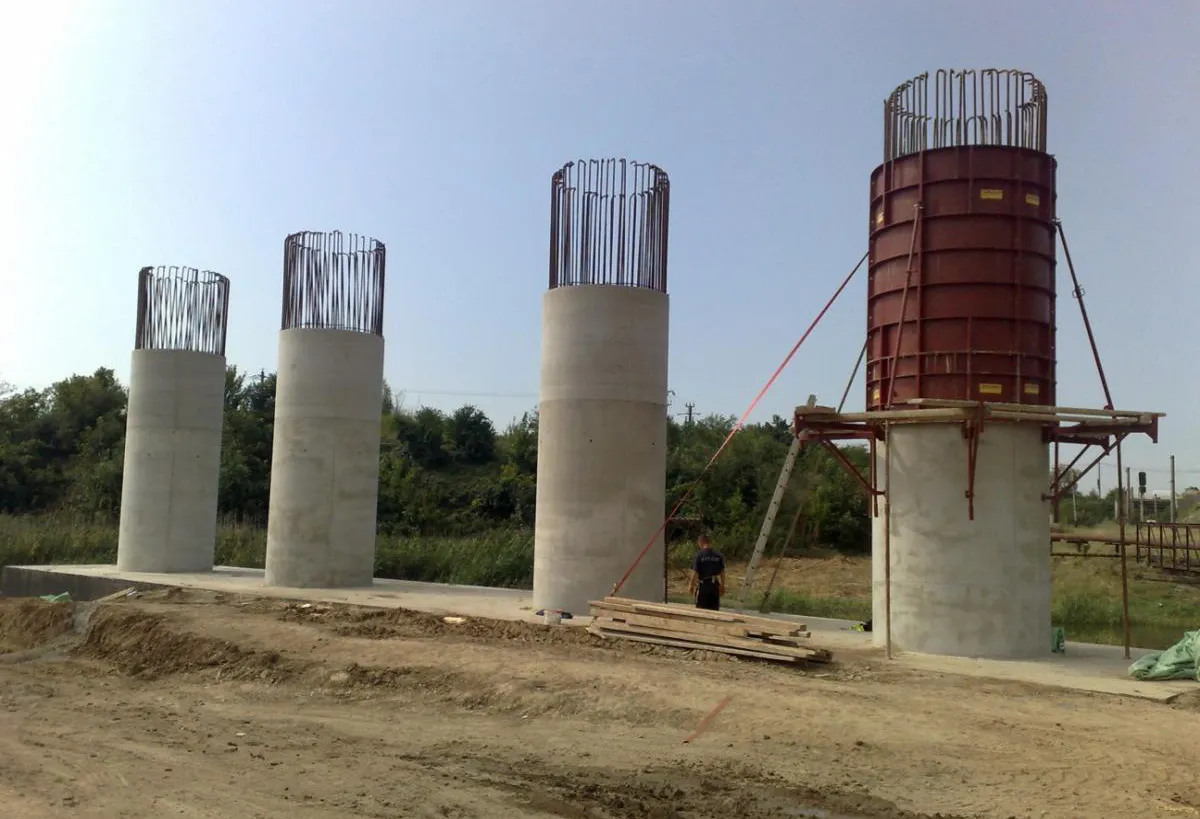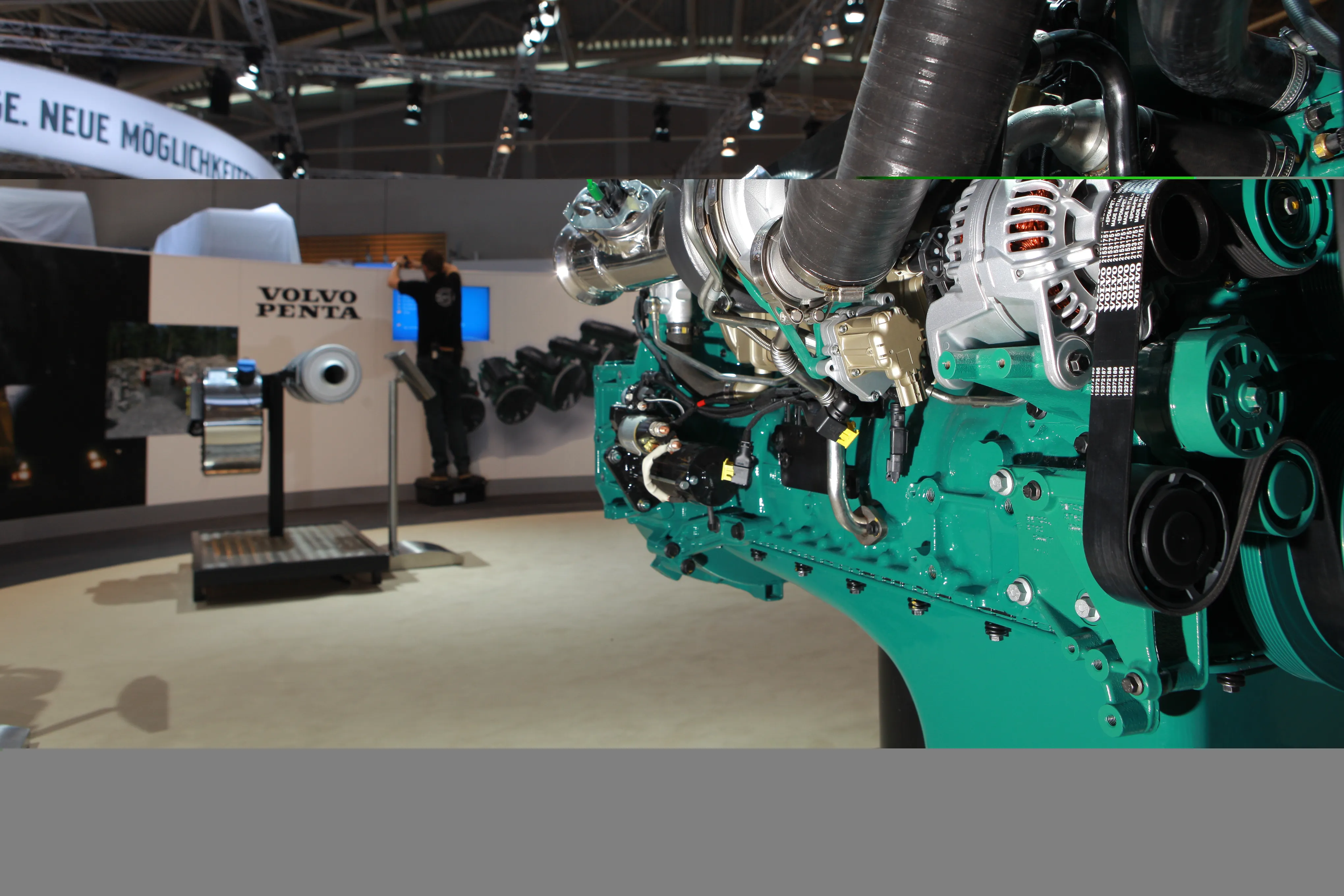Among Pilosio’s comprehensive range of formwork solutions on show at bauma will be the Italian firm’s P300 formwork. Used during the recent construction of a 560m overpass in Bucharest, Romania the P300 is said to be based on a 100x300cm base panel with a few simple accessories, such as a quick connection block to allow extremely rapid framework operations, and a varnished frame and surface counter-cast in 18mm thick, high resistance, multi-layered Finnish panels to ensure high number of uses.
February 15, 2013
Read time: 2 mins

Among 7163 Pilosio’s comprehensive range of formwork solutions on show at bauma will be the Italian firm’s P300 formwork.
Used during the recent construction of a 560m overpass in Bucharest, Romania the P300 is said to be based on a 100x300cm base panel with a few simple accessories, such as a quick connection block to allow extremely rapid framework operations, and a varnished frame and surface counter-cast in 18mm thick, high resistance, multi-layered Finnish panels to ensure high number of uses. Spaced every 1.5m², the coupling system is based on a P300 connecting block that ensures speedy assembly and perfect alignment of the formwork.
After degreasing and cleaning and in order to ensure high quality standards and durability, the high resistance steel frame of the P300 formwork is varnished for immersion and drying in an oven at 130°. The result is said by Pilosio to be a frame that is highly resistant to scratches and oxidation. The multi-layered panel is 18mm thick with surface protection from phenolic film (220g/m²). It is made up of 13 layers of birch with a protected, zero moisture absorption panel. The edges are protected with varnish and it can be used around 100 times per side. It weighs 11.35kg per m². The P300 formwork is designed and made in the Pilosio factories in accordance with EN 15113-1/206 regulations.2 Internal <?xml version="1.0" encoding="utf-16"?><dictionary /> 2 11560 0 oLinkInternal <span class="oLinkInternal"><span class="oLinkInternal">View more videos</span></span> Video false /event-news/bauma-2013/video/ true false %>
Used during the recent construction of a 560m overpass in Bucharest, Romania the P300 is said to be based on a 100x300cm base panel with a few simple accessories, such as a quick connection block to allow extremely rapid framework operations, and a varnished frame and surface counter-cast in 18mm thick, high resistance, multi-layered Finnish panels to ensure high number of uses. Spaced every 1.5m², the coupling system is based on a P300 connecting block that ensures speedy assembly and perfect alignment of the formwork.
After degreasing and cleaning and in order to ensure high quality standards and durability, the high resistance steel frame of the P300 formwork is varnished for immersion and drying in an oven at 130°. The result is said by Pilosio to be a frame that is highly resistant to scratches and oxidation. The multi-layered panel is 18mm thick with surface protection from phenolic film (220g/m²). It is made up of 13 layers of birch with a protected, zero moisture absorption panel. The edges are protected with varnish and it can be used around 100 times per side. It weighs 11.35kg per m². The P300 formwork is designed and made in the Pilosio factories in accordance with EN 15113-1/206 regulations.
Stand: N 1020/1
%$Linker:
%$Linker:








